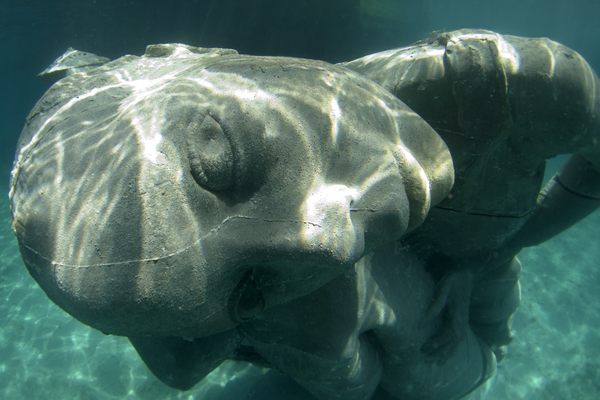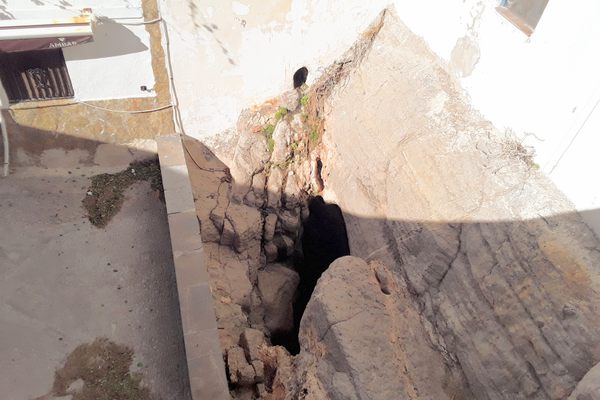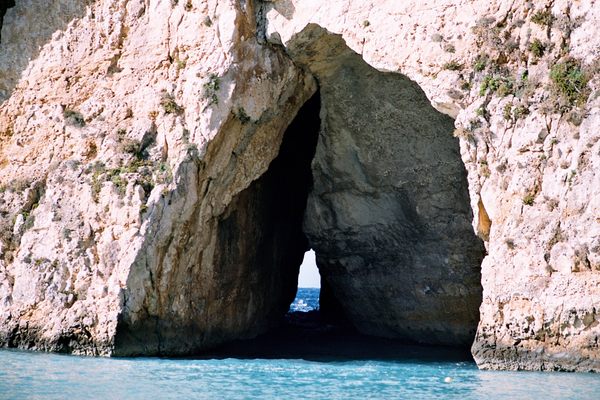Subsurface Bahamian Caves
Inhospitable caverns just beneath this island paradise offer insights into alien worlds.
One can picture extraterrestrial researchers doing any number of things. Scanning starry nights with a telescope. Listening for radio signals beamed from other worlds with skyscraper-sized antennas. Unraveling government conspiracies alongside a skeptical redhead. Yet somehow, scuba diving doesn’t spring to mind.
But that’s exactly what regularly brings researchers to the Bahamas, where just below the turquoise water and balmy sea breezes that make visitors lament not being able to stay forever, one of the harshest environments on the planet exists. “Blue Holes,” as they are often called due to the small circle of water they form in the inland soil (and their similarities to the more well-known offshore variety), sometimes form the entrance to a vast network of underground caverns. The caverns are completely submerged and contain zero or near-zero percent oxygen – and that’s just the first of their remarkable traits.
Scientists looking to gain an understanding of what life might be like on planets other than Earth have very few resources to turn to. The planet they live on happens to be nearly 100% Earth, and the alternate environments they have some access to (the moon, Mars) happen to, thus far, have zero life forms. So they turn to some of Earth’s least hospitable environments to see what’s going on there. Research takes them from the cracked desert floor of the Mojave to the North Pole and the sub-freezing water beneath it – anyplace, really, where nothing might turn into something. But the caves in the Bahamas have something those other places don’t: diversity.
Zero light and an underwater environment have created some interesting life forms in other places, but the unique combination of reduced gravitational effects and a saltwater-rich environment largely shielded from external forces have created a fascinating incubator for the growth of microorganisms. And perhaps more importantly, a lack of others – the bacteria that usually cause trouble for terrestrial environments have a hard time growing here, and if they do, it’s in a unique way that results in a high volume of deadly hydrogen sulfide.
The caves can be an archeologist’s fantasy as well, as the lack of oxygen and bacteria have resulted in some remarkably well-preserved bones and artifacts. But the environment isn’t well explored because it’s highly dangerous and unpredictable. Nearly impenetrable by casual exploration, only highly skilled divers or submersible robots can really delve into the caverns, and if the lack of oxygen and seemingly endless space weren’t problem enough, hydrogen sulfide reaches lethal levels not far below the water’s surface.
The Bahamas’ inland blue holes are not the place for a vacation – that much is clear. But for scientists and adventure seekers alike, they do represent a sort of El Dorado, offering a wealth of hidden secrets that have barely been seen or examined to this point.



















Follow us on Twitter to get the latest on the world's hidden wonders.
Like us on Facebook to get the latest on the world's hidden wonders.
Follow us on Twitter Like us on Facebook